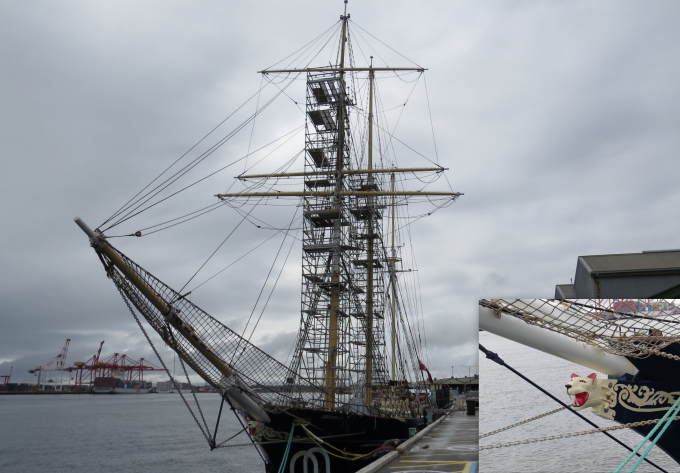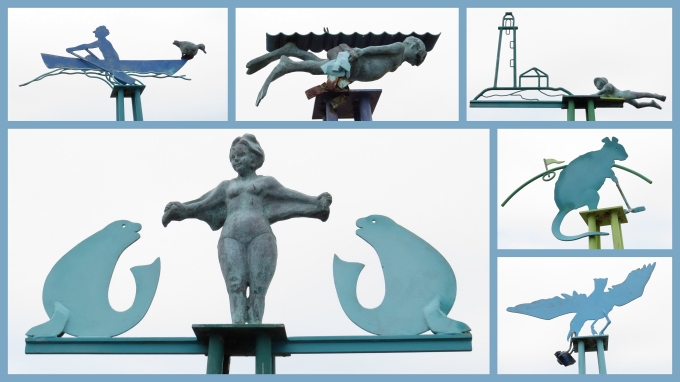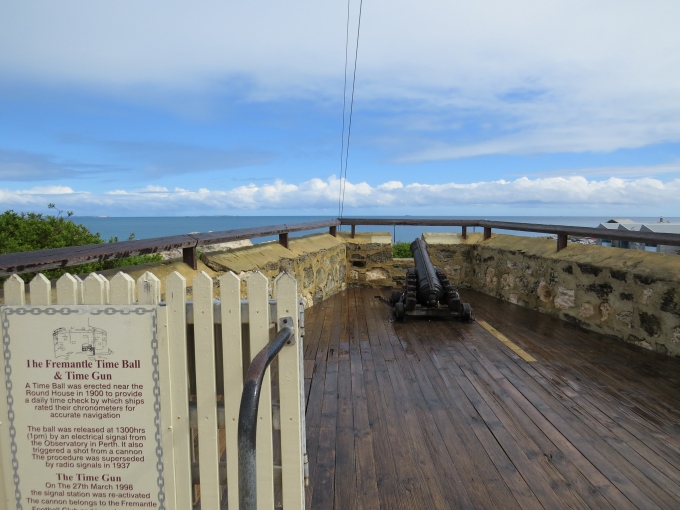Three Days in Fabulous Freo - Day 1
/Getting Our Bearings
We arrived at the friendly Fremantle Sailing Club mid-afternoon, got tied up, tidied up, checked in and given a brief orientation on the club and the area and then we were on our own. One of the key features of the orientation was mention of the free CAT (Central Area Transit) buses that circulate around the city and happen to stop directly in front of the sailing club. Free? Sign us up … tomorrow though. We were exhausted from our arduous 35 nm passage and needed our tot of wine and a quiet evening to recoup. We were up early to begin our exploration of Fremantle … Freo to the locals. We have just a few days. Where do we start?
Freo, located at the mouth of the Swan River, serves as the port for Perth. Named after Captain Charles Fremantle, the British naval officer who claimed possession for the Crown, the area was first settled by the British in 1829 by the Swan River Colony. It wasn't declared a city in its own right until 1929. We took the Blue Cat bus to orient ourselves to our new surroundings. There's a bus about every 10 minutes, so it was easy to jump on and off and get a feel for the place.
We did a full circuit on the bus, figured out where the local Cole's supermarket and the Info Center were, and reconnoitered a bit before getting off near Victoria Quay. This is definitely a working port. Huge cranes were unloading containers from freighters. Some of the old storage sheds have been restored and are now used as market stalls. We'll have to come to check out the E-Shed markets on the weekend if we're still here.
The Leeuwin II, a three-masted barquentine tallship used as a training ship, sat calmly at the wharf, her decks and rigging encased in scaffolding as tradesmen worked to give her some needed maintenance.
There were several whimsical wind vanes along the quay that caught my attention.
One of the delights of the city is its well-preserved architecture. We visited the Round House, the city's oldest building and the oldest intact building in Western Australia. Completed in 1831, it was built as a gaol (jail) and sits high atop Arthur Head with a great view of the city as well as the expanse of the Indian Ocean. It also served as a signaling station and location for navigation lights. I found a lovely watercolor on display by Jane Eliza Currie dated 1831, depicting the newly formed colony with the Round House in view.
Whaling became a thriving industry and was carried out at Bather's Beach below the Round House. The Fremantle Whaling Company excavated a tunnel underneath the Round House “to facilitate the transport of whale and merchandise from the beach to the town.” It's been renovated and reinforced over the years, but as we walked through it to the beach, we couldn't help but think of the hundreds of men and women before us that had walked this same path.
A time ball and time gun were erected on the site in in 1900 to give mariners and residents a daily time check. It was discontinued in 1937, but reactivated in 1998 to preserve the tradition. The canon sounds each day at 1pm.
We walked down High Street, historic buildings at every turn. One historic building turned out to be just a beautifully preserved facade with a car park behind it.
There are two museums we've decided we want to visit: The Western Australia Maritime Museum and the associated WA Shipwrecks Gallery. Tomorrow is supposed to be rainy … a perfect day for museums. In the meantime, a bit more walking around, a stop at Cole's for tonight's dinner and then a CAT bus back to the sailing club. All in all, a full and delightful day. We're ready for more tomorrow.









